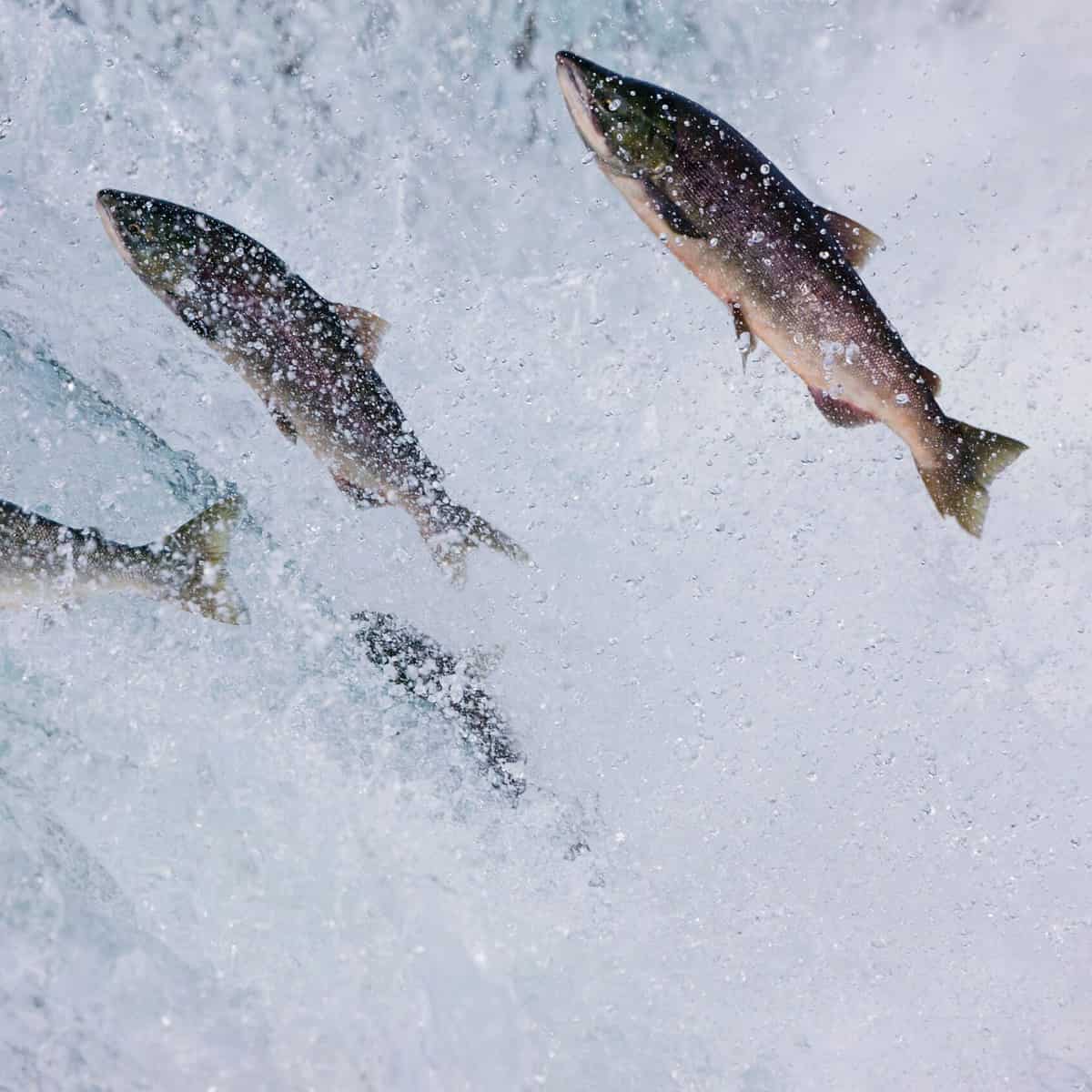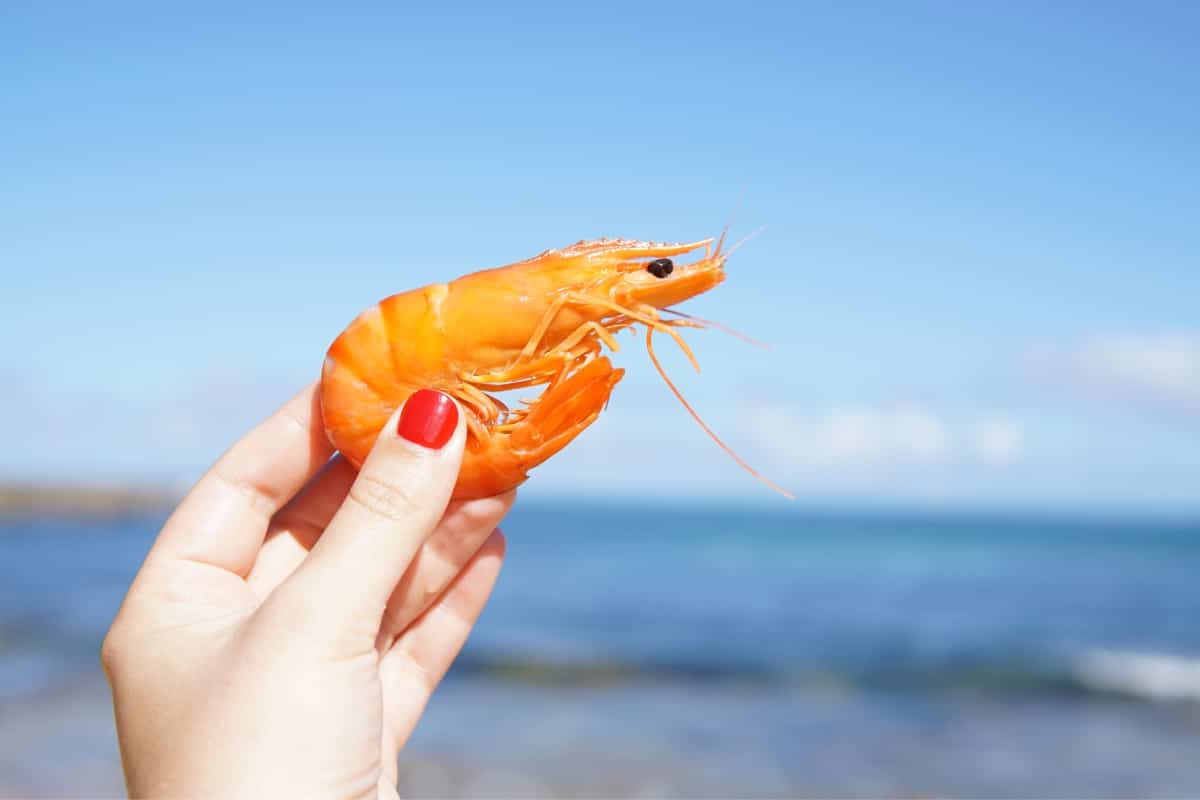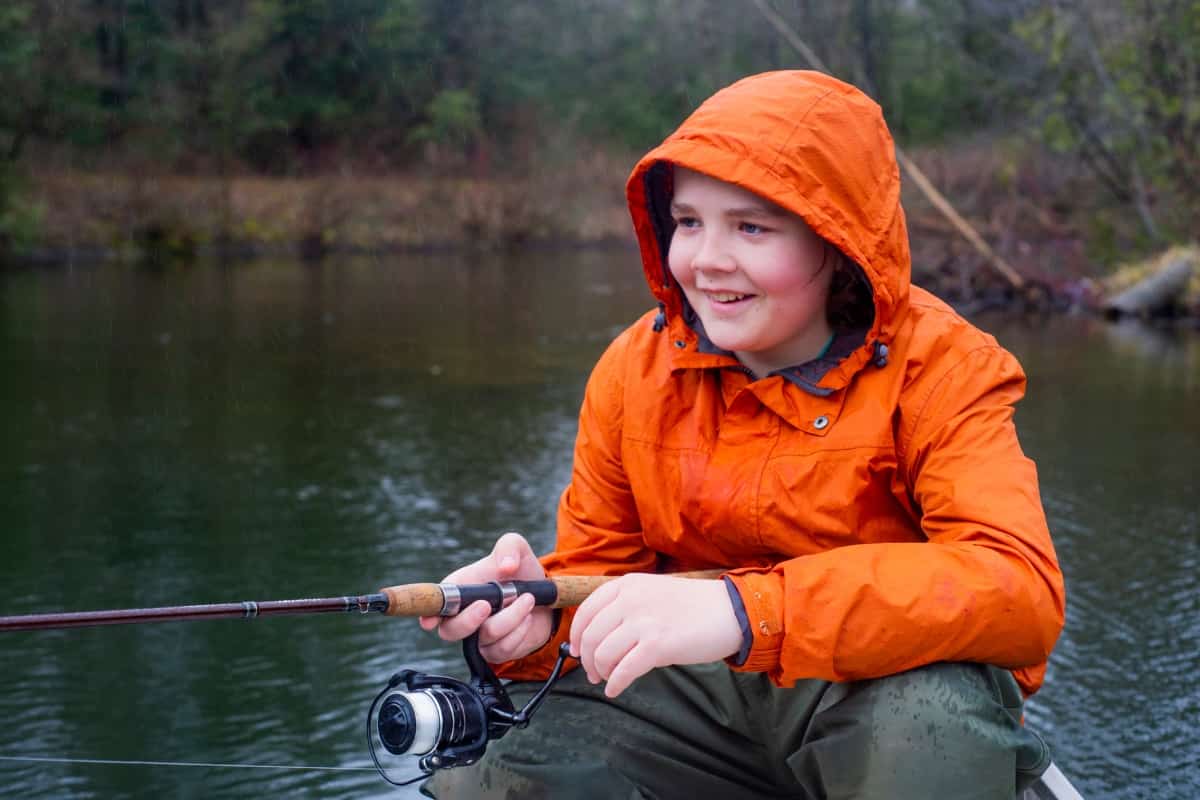Have you ever gone trout fishing and found yourself unconsciously reaching out for the fish? Well, you are not alone! This intense urge to hold a trout in your hand is a problem many anglers face daily.
You gain a certain level of satisfaction when you pick up and hold a small or big trout successfully. Besides the fun, ensure that you are handling the fish properly for both you and its safety.
Although trout is not as dangerous as catfish, it is pretty slippery. Therefore getting a firm grip on it is challenging, though not impossible.
If you are a good angler, you would not want to cause undue harm to the fish. That is why understanding how to hold a trout safely is of utmost importance to this and the next generation.

How to Hold a Trout Safely
If you practice catch-and-release fishing, always remember that different fish species require different handling skills.
The most popular trout species you’re likely to encounter when on a fishing spree are brown trout and rainbow trout. And unlike other game fish, trout are more delicate, and they require a different trout handling approach which includes:
Use Wet Hands
Always wet your hands before handling fish. This is because trout have a delicate protective slime coating on their body; therefore, touching it with dry hands could damage or wipe off the coat.
Use Barbless Hooks
The world’s fish population is declining at an alarming rate each year. Because of this reason, barbless hooks have become so popular as they help in releasing trout back into the water safely. As a result, millions of fish that could have died due to mishandling are alive.
It is easy and quick to remove the hook while causing minimal or no physical injury to the fish.
No Squeezing
Avoid squeezing the trout as much as possible.
Slide your hand underneath the belly and hold it in a cradling position. This way, you will still have a firm grip while making the fish comfortable.
Trout has a delicate body; when you squeeze it, you can crash or injure its internal organs.
Avoid Touching Its Mouth and Gills
Do not place your hands or fingers in the trout’s gills or mouth. Lipping is not ideal for trout as it causes unnecessary pressure on their mouth and jaw.
Keep the Trout Wet
The fish should remain wet for the period it is caught and released.
It would be best to keep the fish in water throughout the process, perhaps in a net. But if you need to take a picture, keep your camera ready so it will be quick.
Use Fish-Friendly Nets
A net ensures that the trout stays in water throughout the handling process.
Nets come in different types, the best being one with a rubber net. Rubber removes just a tiny bit of the fish’s protective slime coating.
Do Not Play with the Fish
Fish fighting is so much fun, and some anglers enjoy doing it. However, prolonging the fight could cause undue stress on the trout.
Consider using a stronger tippet to minimize the time used to get fish into the net.
How to Safely Handle a Trout
Trout handling is an art every angler should perfect before heading out on a fly fishing trip. Here are some safe techniques for trout handling:
Use a Calming Grip
A fish would want to make sure that you are not trying to kill it before trusting you. If you grab and squeeze it hard, it will mistake you for a predator. And it will fight forcefully to escape from your grip.
But if you handle trout gently by supporting its weight and cradling it, you will be amazed at how it will match your calmness. This position makes it feel comfortable and safe.
Do not pick the trout from over the top; instead, slide your hand underneath and lift it. It can wriggle or flop in the process but wait for an opportune moment to cradle it from underneath.
Another excellent way to calm and relax a trout is by covering its eyes. Once it calms down, use your free hand and gently hold it above the tail.
When you secure the tail, uncover its eyes and slide that hand under the pectoral fins. Position your index finger under the fish’s head for a good grip.
Brown trout is calmer and more welcoming to human grip than rainbow trout. A big rainbow keeps flopping and wriggling the entire time. Most of the time, it will calm down eventually if you are patient.
Hold the Trout Upside Down
When you hold a panicked or wriggling trout upside down, it will naturally calm down.
Cradle it with the belly up. This way, you can remove most hooks from its lip with ease.
The Net
If you have no intention of catching trophy trout or game fish, you can do without a fishing net. However, ensure that your fish fighting and handling skills are on point.
A net comes in handy when you want extra time to observe the trout while keeping it safe in the water. It also helps you land fish faster.
The best net is the one with a rubber mesh bag and a floating hoop. It holds trout a little longer before release.
Essential Factors to Consider When Handling Trout
Trout species are delicate and require gentle holding. Whether you are handling a small or a large fish, the rules are similar.
Here are a few things to remember when handling a trout:
Hand Positioning
Never forget that a trout is a living thing! So, be considerate of how it feels when you hold it.
Some reckless anglers will hold a trout by the gills or, even worse, hook it with their fingers too far into the mouth. This behavior is not only uncomfortable but also potentially harmful to the fish. It could cause physical trauma and stress, likely killing the fish after release.
Be gentle in your touch and avoid the trout’s mouth and gills.
You can hold a smaller trout in one hand. But if it’s a larger trout, support it with both hands at the front and rear.
The heart of a trout is right behind the pectoral fin. Therefore, avoid holding or squeezing the fish in this area because putting pressure on the heart can result in long-term damage.
Pressure
Fish are naturally slippery, making it challenging to maintain a grip. Most of the time, trout interprets pressure as an attack.
When dealing with a small or big fish, apply only a little pressure to secure it in place. One red flag that you are squeezing too hard is when you see your fingers denting the fish’s flash.
Location
Any time you need to take fish out of the water for pictures, be conscious of where you are.
There is no need to take the fish onto the shore because you can accidentally drop the trout on rocks. Instead, hold it low over the water so that once you’re done, you just release it back right there.
An inch or two above the water’s surface will also give you a good picture. The nearer the fish is to the water, the safer it feels.
Conclusion
If we genuinely want future generations to enjoy fly fishing, we must be good guardians of the trout. Anytime you hold a fish for a picture, be sure to follow the correct techniques and rules.
Support the trout’s weight underneath, and don’t put fingers on the gills. Also, hold it as close to the water as possible.
Position your front hand at the fins and your rear at the tail. Then, take that epic shot and remember to keep it as quick as possible.
The key is to keep the trout comfortable, relaxed, and safe.


 Facebook
Facebook YouTube
YouTube









